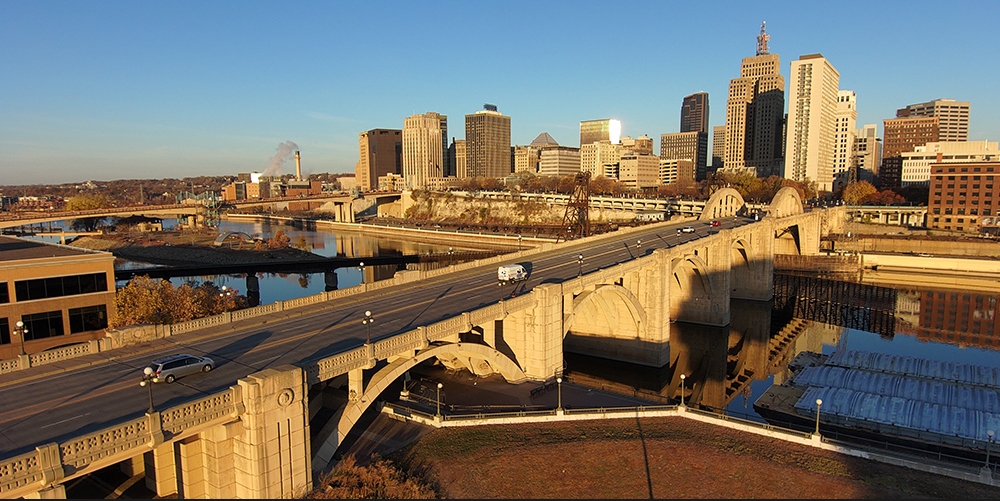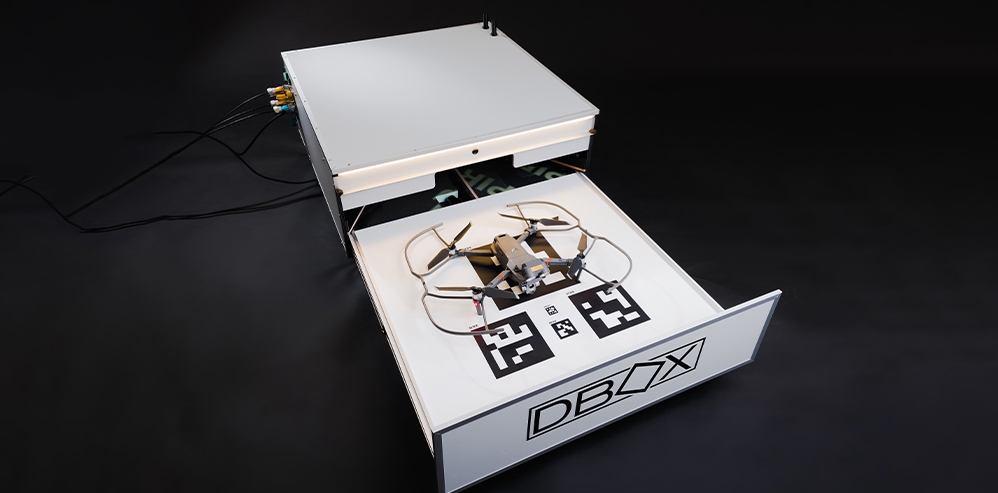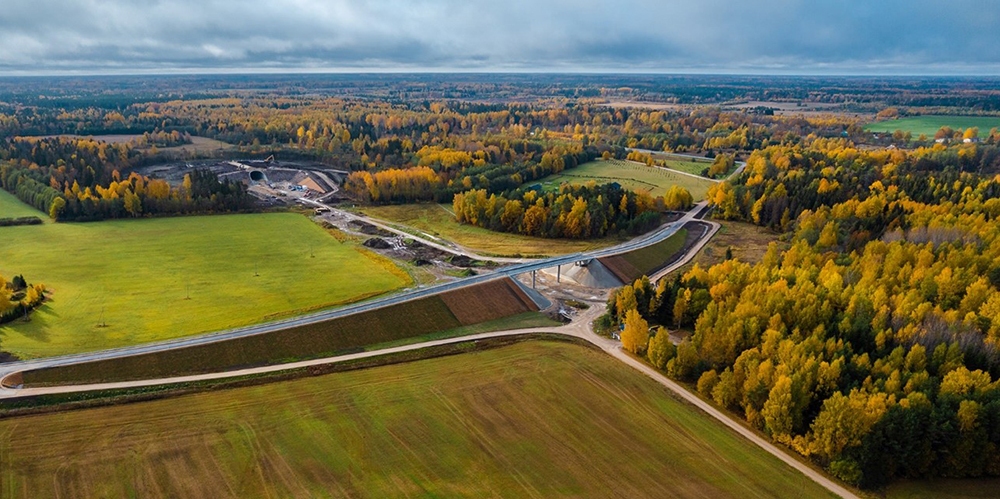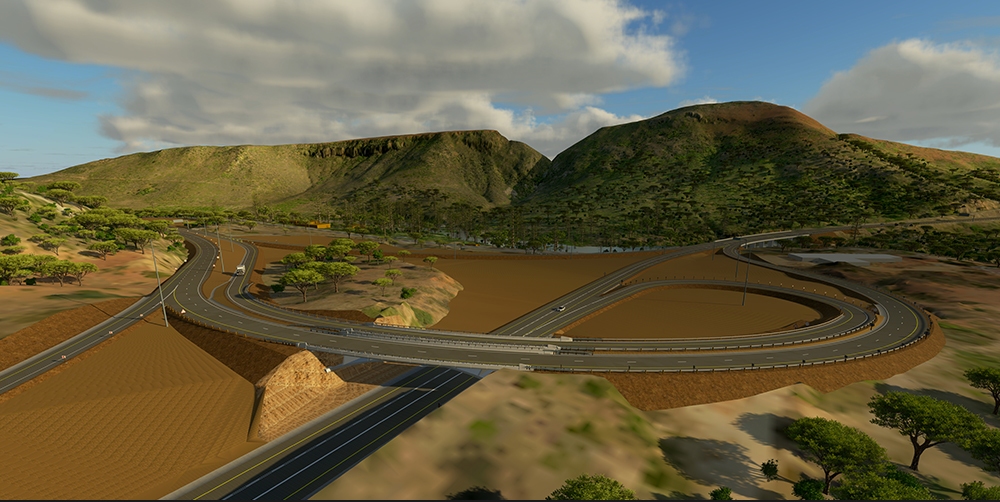
Finalists for the 2023 awards have been announced, and it’s time to highlight a few of our “hot picks”…
The Year in Infrastructure – Going Digital Awards selects finalists from global nominations for categories representing innovation in key aspects of the digitalization of AEC and infrastructure. This is one of, if not the, premier annual global infrastructure awards program. Categories focus on infrastructure industry sectors, that include transportation, energy, facilities, and more, in any phase of infrastructure lifecycles—planning, design, construction, and operations.
While we are highlighting some finalist projects we find intriguing, it should be noted that the finalists will present their projects before an expert panel of jurors, and attendees of the Year in Infrastructure event (YII). Winners will be chosen by this panel at the event. YII is hosted by Bentley Systems, and this year will be held in Singapore, 111-12 November 2023. Winners and finalists will be honored at the gala Going Digital Awards dinner and will be featured in the annual Infrastructure Yearbook.
You check out the finalists for each of 12 categories, but we’d like to highlight a selection of finalists from several of the categories that substantially include geomatics elements—our “hot picks”, so to speak.

While the projects themselves are impressive, often from sheer scaler and scope, what these awards focus on is the benefits realized by digitalization of various aspects of the projects, through the use of modelling, visualization, analysis, project management, and collaboration.
It is great to again see the relatively new category of Surveying and Monitoring (in its second year), highlighting vital role of surveying and geomatics.
All of the finalists are outstanding, and while it will be difficult for the judges to choose winners, here are a few projects we think exemplify the rapid advances in the digitalization of infrastructure design and construction:
Bridges and Tunnels

Digital twins for pre-inspection: Digital Twins and Artificial Intelligence for the Historic Robert Street Bridge Rehabilitation – Collins Engineers, Inc. This iconic bridge over the Mississippi River in St, Paul Minnesota is not only one of the most vital crossings in the U.S. Midwest, but a bit of an engineering marvel in its time. One of the many digital innovations employed for the bridge rehabilitation and upgrade was Collins Engineers use of a 3D digital twin for pre-inspection, prior to field the field inspection phase.
Surveying and Monitoring

Automating 3D modeling in a drone capture workflow: UAB IT LOGIKA project for Vilnius Lithuania – Droneteam. While their signature DBOX M2 (drone in a box) is an impressive product for drone operations automation, including automated battery replacement, what Droneteam did for Vilnius was to extend that same kind of automation into the processing and modelling steps.
Construction

4D digital construction coordination: New Everton Stadium – Laing O-Rourke. This 53,000 seat new home for the Everton Premier League team should open for the 24-25 season—on time and on budget! This successful outcome will be in part due to the implementation of project synchronization software.
Enterprise Engineering

Managing a large statewide transportation asset program: CAD Assets to GIS – Phocaz. Phocaz is a developer of many popular CAD productivity tools, and some of these are being employed in a Georgia Department of Transportation statewide roadway asset management program encompassing 80,00 miles of state highways and roads. To manage the data in the CAD to GIS phase, Phocaz employed digital twin and project design file management tools to enable AI-based feature detection.
Facilities, Campuses, and Cities

Asset models and management across multiple housing facilities: Creating a Golden Thread Across Digital Estates – Clarion Housing Group. The safety of aging housing facilities has been a high-profile topic in the UK in recent years. A initiative to create a “golden thread” of up to date safety conditions of housing has been a top priority spurred by the Building Safety Act. As one of the largest housing associations in the UK, Clarion sought a digitalized path to meet the requirements of the act, employing asset management software to apply the inventory to a physical model.
Process & Power Generation

Hydropower digital twins: Digital Asset Management of Hydropower Projects Based on Digital Twins – Shanghai Investigation, Desing, and Research Institute Co. Ltd. Legacy methods for monitoring hydropower facilities, and in particular dams, had not been very data rich. For example, monitoring measurements might only be taken manually several times per year, and full 3D models were uncommon. This has all changed with the advent of practical digital twins. This pilot of two dams saved over 200 days of modelling time utilizing digital twin software and collaborative project data tools.
Rail & Transit

Digitalization During the Value Engineering Phase: Value Engineering Stage for Detailed Design & Supervision of The Rail Baltica Project – Idom. The project will connect Estonia, Latvia, and Lithuania, and by extension Poland and Finland with high-speed rail. Value engineering ahs come a long way from the days of simple 2D evaluations of design alternatives. Now, with the aid of digital twins, as Idom has done for this world class rail project, engineering efficiencies throughout construction can be identified and realized.
Roads and Highways

3D where 2D would not suffice: N4 Montrose Interchange – SMEC South Africa. Not a very large interchange, but large for the area, one that will have a great positive impact on the traffic flows. However, it was a tough spot wedged between several geographic features the made traditional 2D design approaches impractical. SMEC employed a collaborative digital design environment, and 3D modelling to deliver a design in record time, saving over 2,500 hours in design time.
Structural Engineering

Automating structural computations: Automated Design of Civil and Architectural Structures with STAAD API – Hyundai Engineering. Structural engineering may not be as splashy and visually exciting as other categories, but sometimes what goes on is among the most impactful. We like the entry as it highlights the crucial nuts-n-bolts (no pun intended) aspects of process digitalization. Hyundai integrated an API for a popular structural design software into ther own workflows, creating a database of over 1,600 design scenarios and generating 27 million prediction models for recent projects. 3D models created can be utilized for future projects as well.
Subsurface Modeling & Engineering

Sub-surface and sub channel modeling: South Dock Bridge – Arcadis. Anything built along the Thames and connected waterways in the UK can be challenging, with a full evaluation of geophysical conditions being essential. Arcadis employed a host of digital design and geotech software to model and analyze the site of a new bascule pedestrian bridge in the Canary Warf area.
Transmission and Distribution

3D models and clash detection in a collaborative design environment: 110kV Transmission and Transformation Project in Deerwen, Guoluo Tibetan Autonomous Prefecture – Qinghai Kexin Electric Power Desing Institute, Co., Ltd. Employing 3D and collaborative design environment, and specific design software, for instance for cable management, the team was able to detect over 650 potential collisions, reduce the design period by 40 days, improve construction efficiency by 35%, and save as much as 30% on materials.
Water and Wastewater

Optimizing a design through hydraulic modeling in a digital twin: Achieving a Drink-from-tap 24×7 Water Supply System for Emerging Economies – Geoinfo Services, India In initiative in India to replace certain inefficient gravity water system with pressurized systems requires extensive modelling to meet distribution goals while remaining energy efficient. Geoinfo employed advanced hydraulic and water system design software to reduce design time (over legacy methods) by as much as 75%, potentially millions of dollars in annual operating costs, and a with substantial green dividend.
The finalists, and nominees are all outstanding. Read more about all finalists here.
Note: the YII 2022 Going Digital Awards nominees, finalists, and winning project all feature the use of one or more Bentley Systems software packages (the host of the awards program).





Be the first to comment